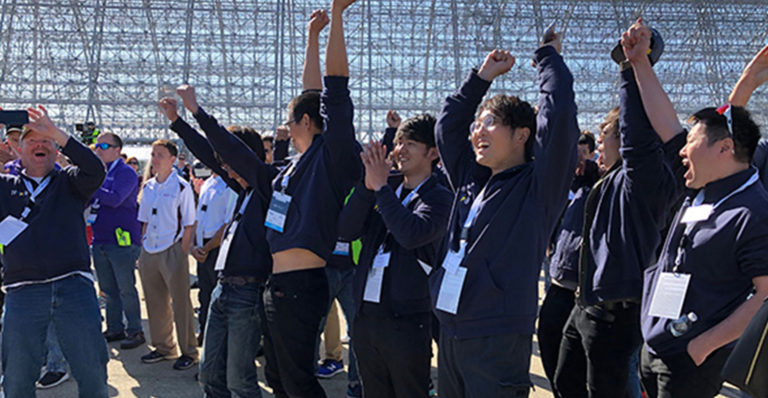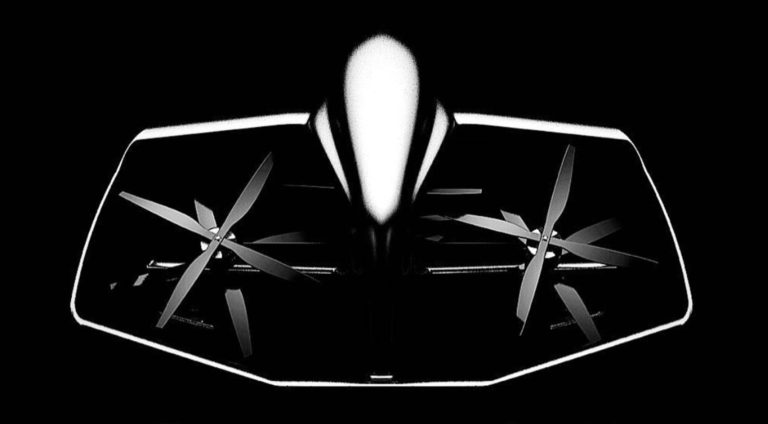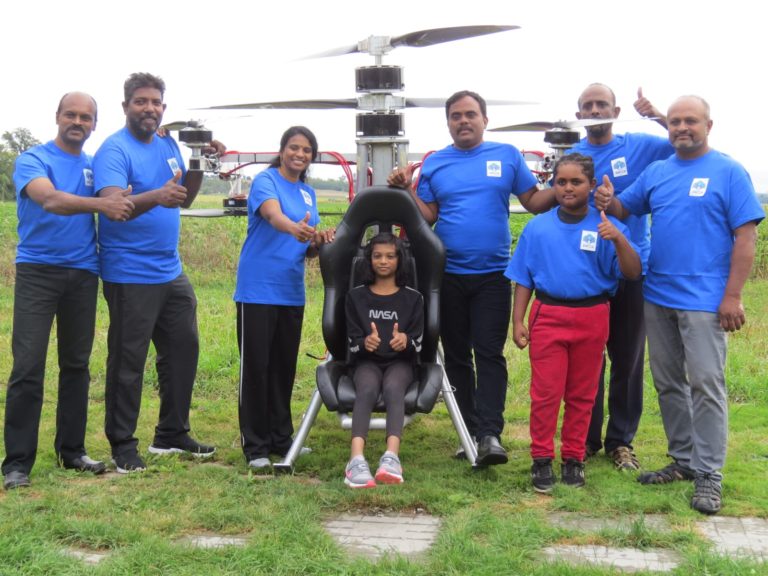The Vertical Flight Society has connected VTOL (vertical takeoff and landing) aircraft enthusiasts, engineers and innovators since the birth of the helicopter industry. Founded as the American Helicopter Society in 1943, the institution helped the helicopter evolve from a widely dismissed invention, to a vitally important form of transportation.
Today, a similar path is unfolding for new technologies like drones and personal flying devices. In the following Q&A, Vertical Flight Society Executive Director Mike Hirschberg discusses how the VTOL industry has transformed, and looks ahead to what’s next.
GoFly: What drew you into the aviation industry?
Mike Hirschberg: It’s the most exciting industry there is. Many people are drawn to it because it comes with the challenge of solving complex problems, such as building totally new aircraft to fulfill new needs.
To do something that nobody has successfully done before is exciting and inspiring. There is an openness to disruptive ideas in this industry, and there are people in this space who want to take advantage of that spirit of innovation and push boundaries.
GoFly: What role has the Vertical Flight Society played in aviation?
Hirschberg: We’ve embraced all types of vertical flight since our formation. If it’s got a propeller, fan, rotor, or anything that spins to create vertical lift or thrust, it qualifies as a VTOL aircraft.
Over the past 75 years, we’ve amassed a tremendous body of technical knowledge about vertical flight, including many different technologies that are available to people who are developing vertical flight aircraft. Today, we provide the world’s largest forum and community for vertical flight enthusiasts, engineers and technologists, and connect them through conferences, networking opportunities, publications and meetings.
GoFly: What’s the current state of the VTOL industry?
Hirschberg: Look back 75 years to the birth of the helicopter—the first successful vertical flight aircraft. Nobody could imagine how useful it would be. Helicopters were originally dismissed as silly toys. They couldn’t really do anything because they were so underpowered, and they didn’t have any payload capability or the endurance of a conventional airplane. They weren’t reliable or safe.
But over the years, the helicopter has matured into a very robust and capable aircraft. Today, we’re in the same situation with electric VTOL. The aviation establishment sees electric aircraft as immature technology, but nevertheless, people are developing, building, and flying these aircraft. It’s happening in spite of the doubts.
GoFly: What do Phase II competitors need to do in order to succeed in the building phase of the GoFly Prize challenge?
Hirschberg: The GoFly Prize challenge is an incredibly difficult one—to win, a device has to have long endurance, it has to be small, and it has to be low noise. People who aren’t encumbered by the constraints of what they think are inviolable laws of aircraft design will thrive in this competition.
Safety is paramount. We advise competitors to look at the body of knowledge that has been developed for the past three-quarters of a century around vertical flight, and make sure that they properly mix innovative ideas with a clear-eyed and sound approach to system safety and reliability.
GoFly: What’s the future of personal flight?
Hirschberg: The Phase One-winning designs of the GoFly prize are just the beginning. There has been ongoing advancements in computer modeling of components, and in aircraft and computer simulation. There are also advancements in composites, thanks to low cost manufacturing like 3D printing, and innovative propulsion approaches, such as electric motors. There’s all this maturing technology now, ready to be blended with tremendous creativity. To use an old cliche, the sky is the limit.








